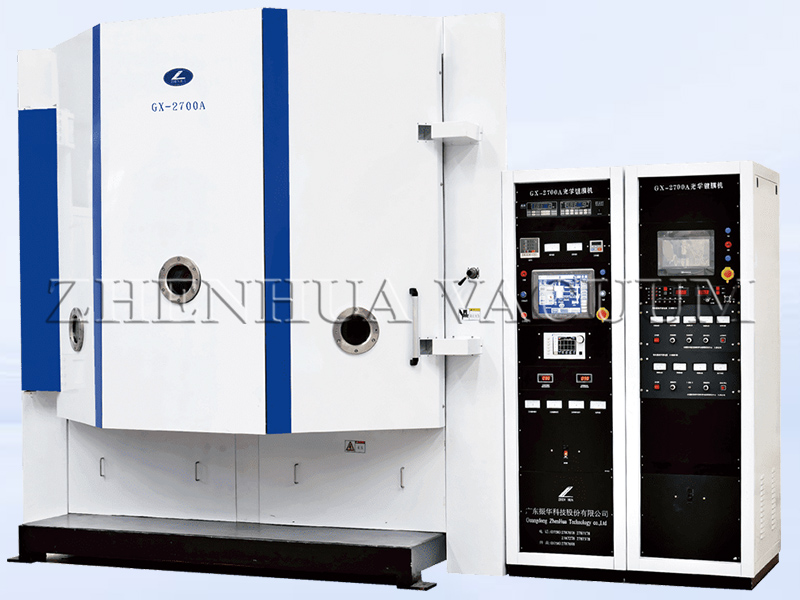Filter performance specifications are necessary descriptions of filter performance in a language that can be easily understood by system designers, users, filter manufacturers, etc. Sometimes the filter manufacturer writes the specifications based on the achievable performance of the filter. Sometimes they are written by the filter manufacturer based on the achievable performance of the filter, either for the user, or for a standard product catalog that is not explicitly applied, the latter of which we will not discuss here. In most cases, performance specifications are often written by the system designer.
In order to obtain the desired performance from the system, the designer describes the required performance of the filter in a metric. In writing such a metric, the first question that must be answered is:What is the filter used for? The purpose of the filter must be clearly and precisely defined, and this will be the basis of the writing. There is really no systematic way of specifying performance details. Sometimes the performance of the system to which the filter is applied has to be at a certain level, otherwise there will be no focus in the further description. The performance requirements of a filter should be easily determined, but this is often not an easy task. There are no absolute requirements for performance; performance should be as high as the complexity or possible price allows. In this case, the system uses filters of different performance, and the performance must be balanced against its cost, complexity, and the ability to make judgments about what is reasonable. The final metric will be a compromise between what is required and what is achievable. This often requires the input of a great deal of design and manufacturing information, and close communication between the user and the manufacturer. It is important to remember that specifications that do not satisfy practical applications are merely of academic interest. As an example, let us briefly consider the problem: how to obtain a spectral line in a continuous spectrum. Obviously, a narrowband filter is needed, but what bandwidth and what type of filter is needed? The energy of the spectral line transmitted by a filter will depend primarily on its peak transmittance (assuming that the peak position of the filter can always be adjusted to the spectral line in the problem), while the energy of the continuum spectrum will depend on the total area below the transmittance curve, including the wavelength cutoff region away from the peak. The narrower the passband, the higher the contrast between the harmonic continuum and the continuous spectrum, especially as the passband becomes narrower, which generally increases the cutoff. However, the narrower the passband, the more expensive it will be to manufacture, since the narrowing of the passband increases the difficulty of manufacturing; and it will also make the allowable focal ratio larger, since it further increases the sensitivity to optical noncollimation. The latter point here means that for the same field of view, the narrower bandwidth of the filter must be made larger, so that a larger focal ratio can be used, but this will increase the difficulty of fabrication and the complexity of the whole system. One way to improve the performance of a filter is to increase the edge steepness of the passband but still maintain the same bandwidth. A rectangular passband shape has higher contrast than a simple Fabry-Perot filter with the same half-width, and the passband has the added advantage that the cutoff away from the filter peak also becomes larger. Describing this edge steepness by 1/10 bandwidth or 1/100 bandwidth can be determined. Again, the steeper the edge, the more difficult and expensive it is to produce.
–This article is released by vacuum coating machine manufacturer Guangdong Zhenhua
Post time: Sep-28-2024


